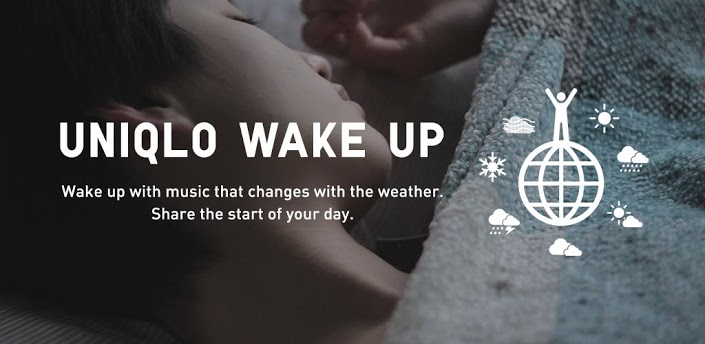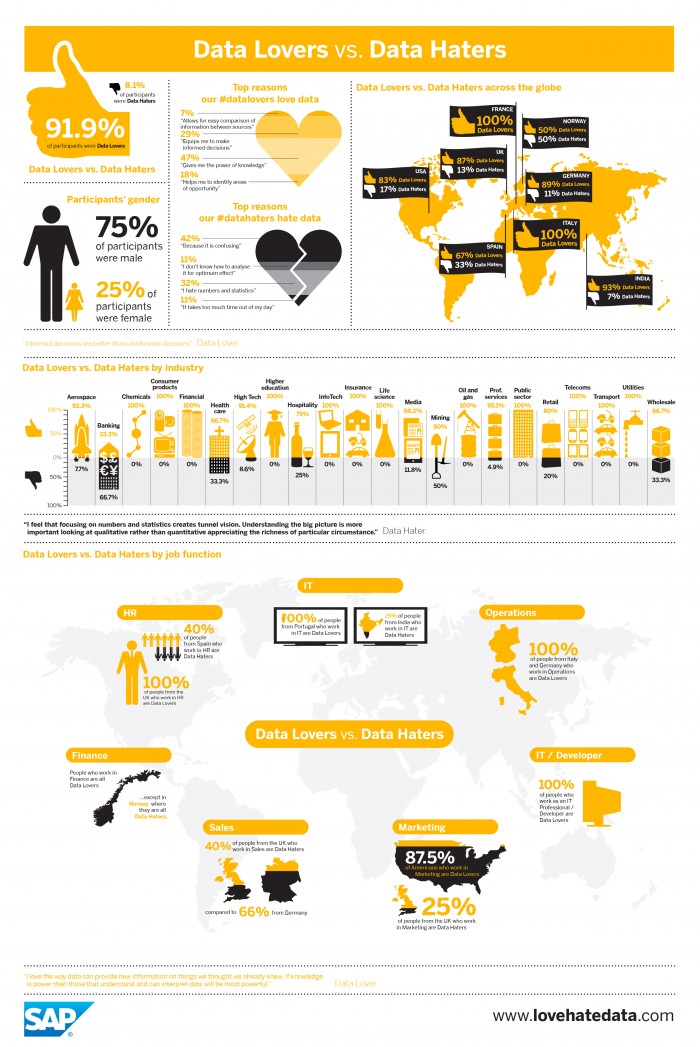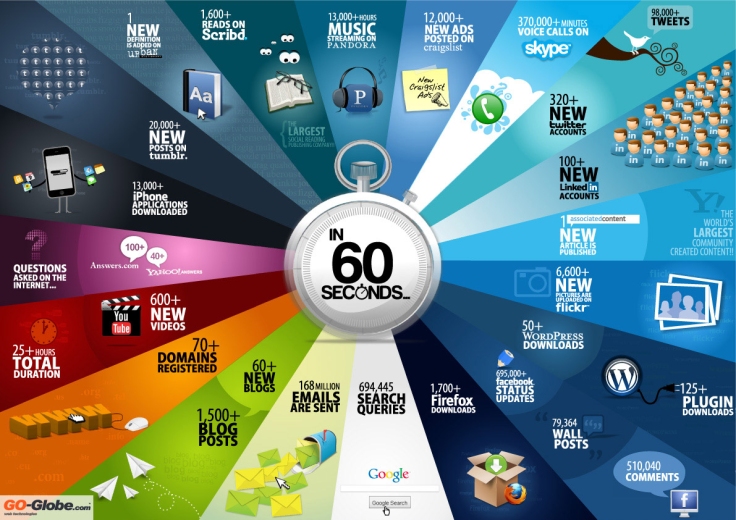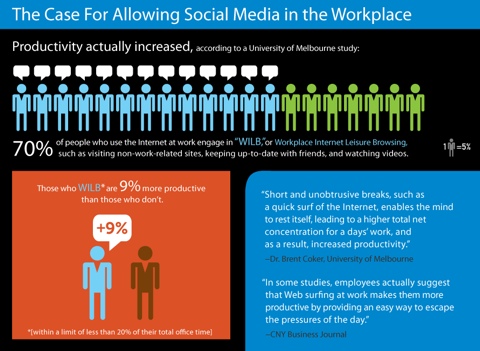Smartphone Tracking: Are You In Or Are You Out?

Lifehacker’s Alan Henry provides a breakdown of the smartphone information collected by many major stores in the U.S. and abroad, “Most stores use your phone’s MAC address to identify you, and records when you enter and leave a store, where you go inside the store, and how long you pause to inspect specific products, aisles, and counters. Combined with video surveillance, those stores also collect your gender and demographics (ethnicity/general age/anything that can be determined visually), differentiate children from adults, note specific products you looked at and how long you looked at them, and so on” (Henry, 2013).
I believe advertisers should be allowed to target a smartphone’s location as long as the smartphone user has been notified of the potential of tracking and they have been given the option to opt-in or opt-out, if they so desire. The user should also be provided the specifics of how their information will be used, prior to opt-in/out options. The last thing a business would want is a bunch of angry customers boycotting their store over tracking their information without their consent, so it would be wise that the companies, who do track smartphone’s, give the consumer a choice to opt in/out.
![]()
If companies can get the opt-in, the information could be invaluable. “As consumer behaviors evolve in tandem with emerging mobile capabilities, businesses that don’t monitor and track these behaviors risk being left behind” (Crum, 2010). Companies can utilize smartphone tracking information to create a more complete profile of their target demographic, build a better paid search ad, improve loyalty programs, set up in-store layouts and product end caps to attract more customers, analyze the potential for success when choosing a new store location, choose the best selling products to keep in stock, generate the most effective coupon offerings, and evaluate the potential consumer interest in new product offerings.
Sen. Charles Schumer has been a very vocal advocate when it comes to stricter laws regarding consumer protection and privacy. “A new type of in-store marketing using the signal from your smartphone will now come with a warning, Sen. Charles Schumer announced Tuesday. The senator told The Associated Press on Tuesday that eight of the 10 leading location analytics companies have agreed to a new code of conduct. It includes signs posted in stores to alert shoppers that tracking is being done and instructions on how to opt out” (CBS New York, 2013).
Consumer smartphone users do receive some benefits by providing their tracking information: they receive more relevant search results based on their locations, they receive better coupon and loyalty offers, and the receive help in locating sales and bargains. Some companies can even send instant SMS or MMS messages containing instantly redeemable in-store coupon/code offers.
Can you provide any other examples of the benefits the consumer receives when their smartphone information is tracked?
Gloria
References
CBS New York. (2013, October 22). Retrieved from Schumer: Deal To Protect ‘Consumer Privacy’ Lets Shoppers Opt Out Of Wireless Tracking: http://newyork.cbslocal.com/2013/10/22/schumer-deal-to-protect-consumer-privacy-lets-shoppers-opt-out-of-wireless-tracking/
Crum, C. (2010). Mobile Marketing. Indianapolis, Indiana, USA: Pearson Education, Inc.
Deepak. (2011, October 29). Grabi. [Image]. Retrieved from How to Stop your Smartphone from Constantly Tracking your Location: http://www.grabi.in/wp-content/uploads/2011/10/smartphonelocationtracking.jpg
Henry, A. (2013, July 19). Life Hacker. Retrieved from How Retail Stores Track You Using Your Smartphone (and How to Stop It): http://lifehacker.com/how-retail-stores-track-you-using-your-smartphone-and-827512308
The Desk of Brian. (2011, April 01). [Image]. Retrieved from Smartphone tracking: http://deskofbrian.com/2011/04/privacy-risks-of-smartphone-photos-a-must-watch-video-for-parents/smartphone-tracking/
























